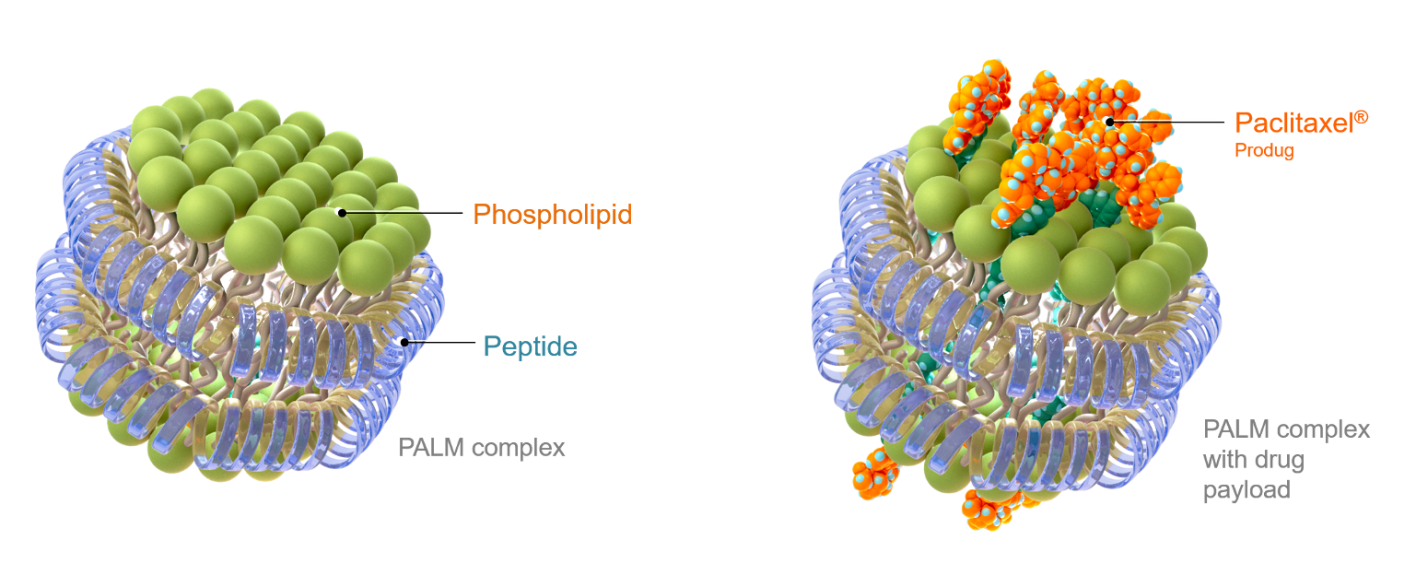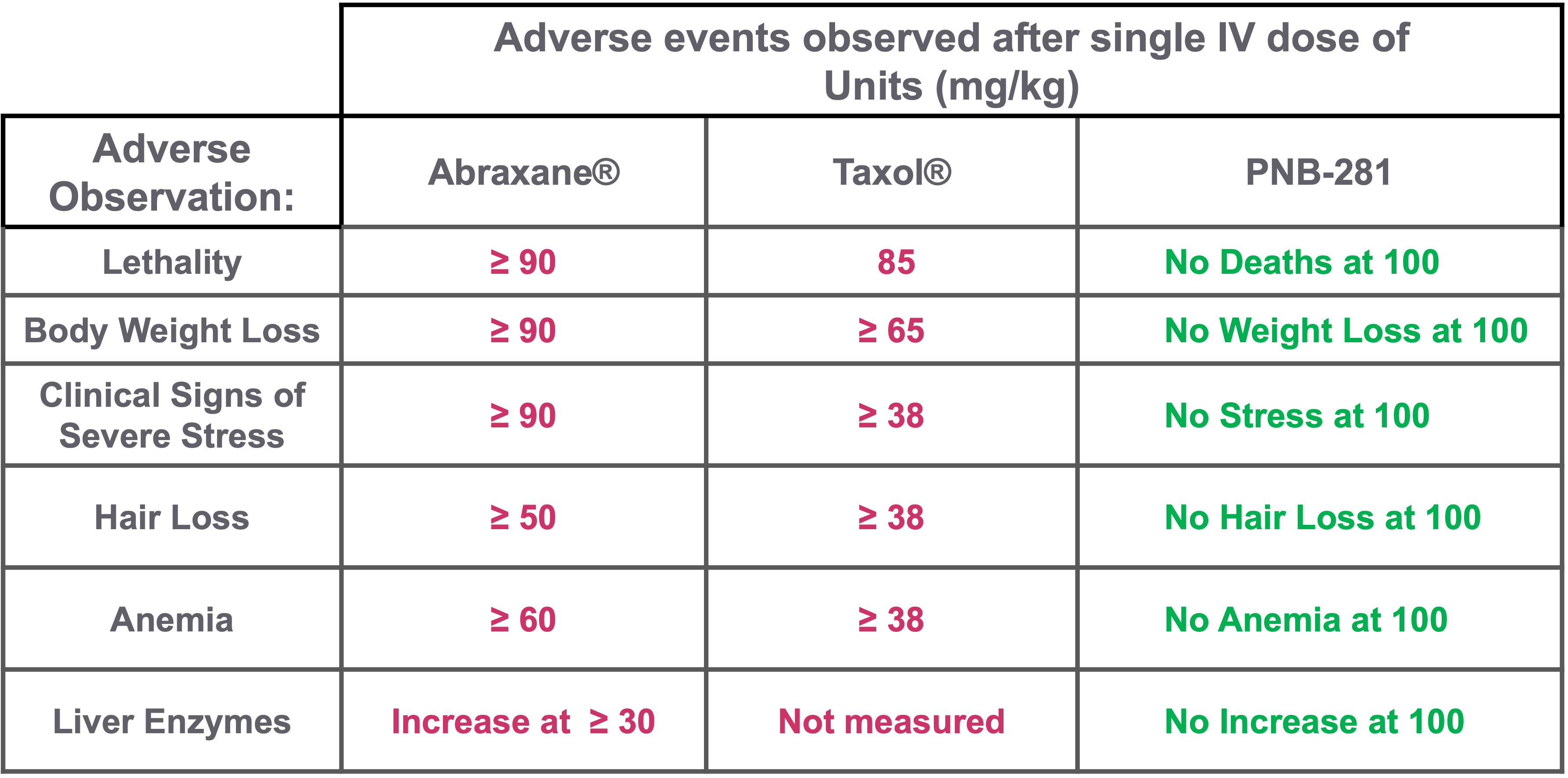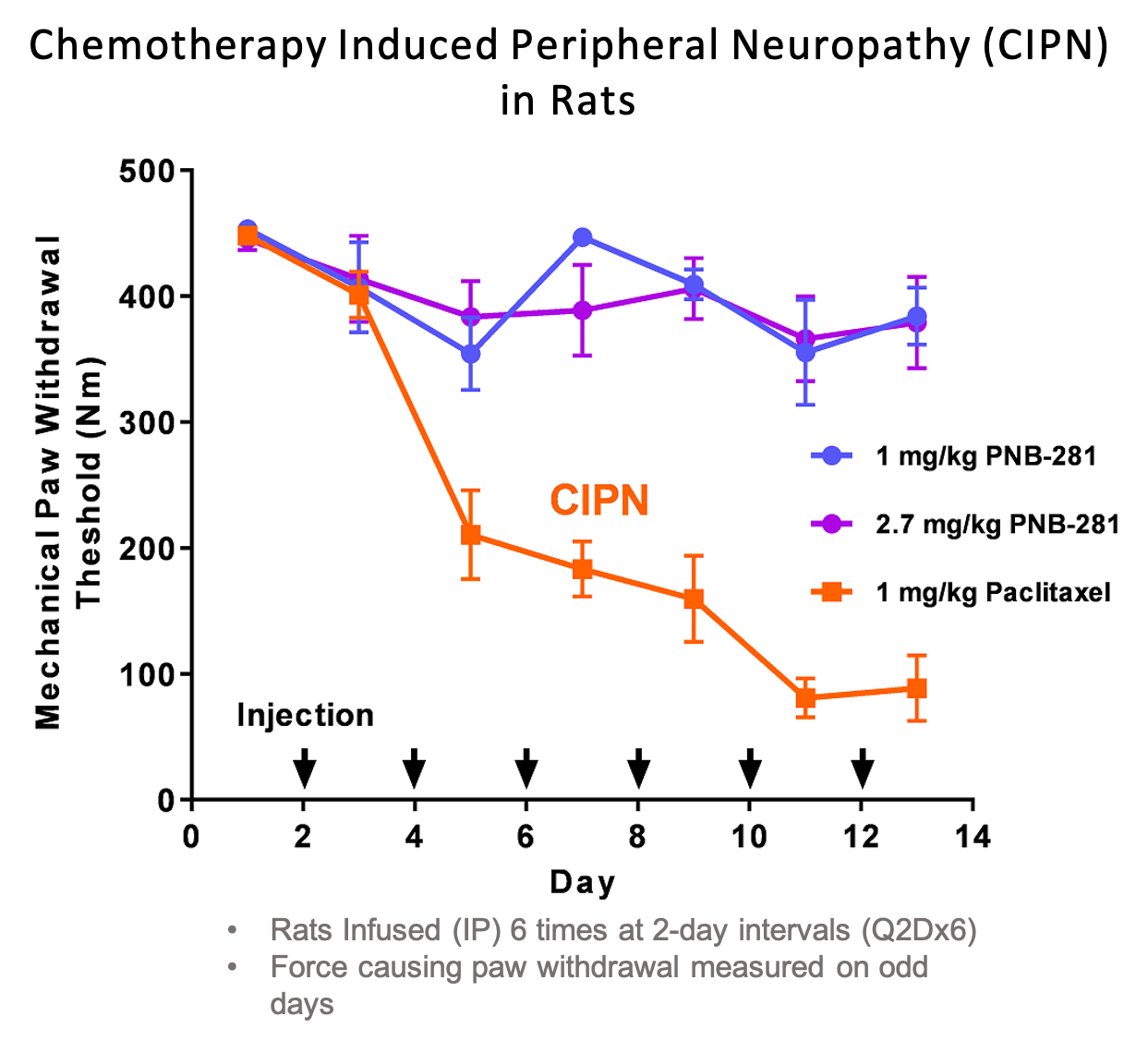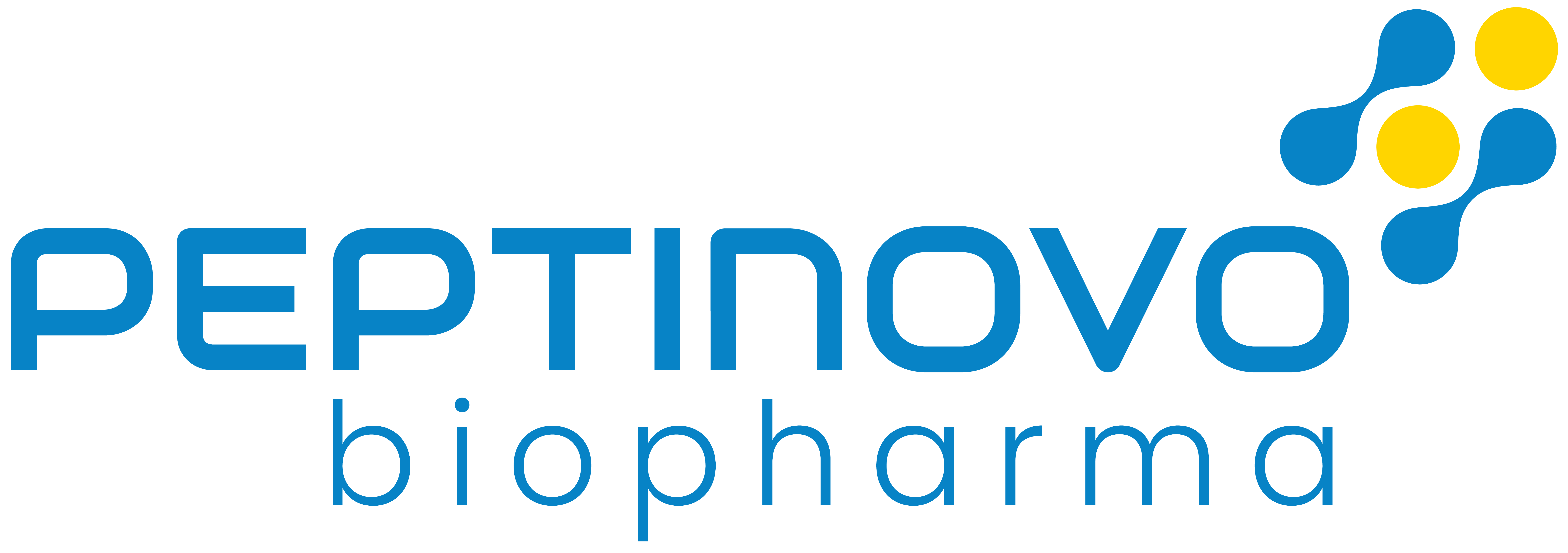Peptinovo Aims To
- Improve Drug Efficacy
- Prevent Interaction with Healthy Tissues
- Allow Stronger Doses of Chemotherapy
Improve Drug Efficiacy
Peptinovo’s targeted drug-delivery platform Peptide-Amphiphile Lipid Micelle (PALM™), safely carries stronger doses of proven approved drugs directly into cancer cells while keeping them away from healthy tissue.
Prevent Interaction with Healthy Tissues
Treatment success is improved, nerve damage is avoided, and healthy tissues are protected. Drugs are modified to look like fats and enclosed in the PALM™ nanoparticle for transport in the bloodstream.
Allow Stronger Doses of Chemotherapy
The drug is released after PALM™ is captured by a fat uptake pathway common to cancer cells but not found in nerves or most healthy tissues. PALM™ is adaptable to a wide variety of proven drugs. The first product is a patented derivative of the world-leading chemotherapy drug paclitaxel.
Animal Tests Have Been Completed
The technology was successfully validated in animal studies where paclitaxel in PALM™ (PNB-281) outperformed standard paclitaxel in tumor reduction while avoiding damage to nerves and other healthy tissues.
Animal Tests Have Been Completed
The technology was successfully validated in animal studies where Paclitaxel in PALM™ (PNB-281) outperformed standard paclitaxel in tumor reduction while avoiding damage to nerves and other healthy tissues.


How It Works
- Cancer Cells Use HDL to Grow
- PALM™ Looks like HDL to the Cancer Cell
- Instead of Building Blocks for Cancer Growth –
PALM™ Delivers Chemotherapy, Causing Cancer Destruction
Cancer Cells Use HDL to Grow
The patented, innovative PALM™ nanotechnology exploits cancer cells’ dependence on cholesterol for tumor growth, by selectively targeting prodrug forms of potent chemotherapy drugs to the cells’ cholesterol-uptake pathway.
PALM Looks like HDL to the Cancer Cell
PALM™ is designed to be a functional and structural mimic of HDL, the natural, bloodborne carrier of cholesterol to cancer cells. Normally, HDL is captured by a receptor and fat transporter that is abundant on cancer cells.
Instead of Building Blocks for Cancer Growth – PALM™ Delivers Chemotherapy, Causing Cancer Destruction
PALM™ is captured by this same receptor to deliver chemotherapy drugs instead. Cancer cells are destroyed. Most healthy tissues lack this receptor and are spared.
Chemotherapy Drugs are Loaded Into PALM™ as Inactive Prodrugs
Moreover, the chemotherapy drugs are loaded into PALM™ as inactive prodrugs. They do not become active until they are released inside the cancer cell.
Chemotherapy Drugs are Loaded Into PALM™ as Inactive Prodrugs
Moreover, the chemotherapy drugs are loaded into PALM™ as inactive prodrugs. They do not become active until they are released inside the cancer cell.
Improved Efficacy

Early in vivo tests using industry recognized mice models show better tumor suppression than the standard of care.
PALM™ decreased tumor growth using a lower chemotherapeutic dose and further reduced tumor growth safely delivering higher doses of the drug. Additional in vitro tests in tumor cell lines demonstrated cell activity and cancer cell destruction in a variety of ovarian cell lines as well as breast, pancreatic and triple negative breast cancer. We have also demonstrated PALM’s™ efficacy using several different classes of approved chemotherapy drugs.
The data continues to exhibit improved cancer growth suppression relative to the standard of care, implying the potential for improved patient survival with better quality of life.
Superior Safety Profile

Initial safety studies in female rats support the safety of PNB-281 at exposures significantly above paclitaxel (Taxol® and Abraxane®). We recently initiated an acute dose study in dogs. Preliminary results indicate a consistent safety profile in both the rat and dog studies at exposures orders of magnitudes (100x or more) higher than the standard of care.
Repeated intravenous dose studies of PNB-281 in mice demonstrated avoidance of common paclitaxel side effects such as hair loss, nausea, fatigue and leukopenia. There were no adverse effects on liver function, nor evidence of chemotherapy CIPN commonly observed with paclitaxel.

Animal studies show the complete avoidance of peripheral neuropathy, one of the most serious, treatment-limiting side effects of paclitaxel.
The most advanced and unprecedented demonstration of the breakthrough potential of PALM™ technology is in its use to deliver paclitaxel (Taxol®, Abraxane®), a first-line chemotherapy drug for major cancers (breast, lung, ovarian, pancreatic). Paclitaxel is plagued by serious, dose-limiting side effects especially Chemotherapy-Induced Peripheral Neuropathy (CIPN). PALM prevents CIPN and preclinical testing results indicate no evidence of CIPN commonly observed with paclitaxel.
